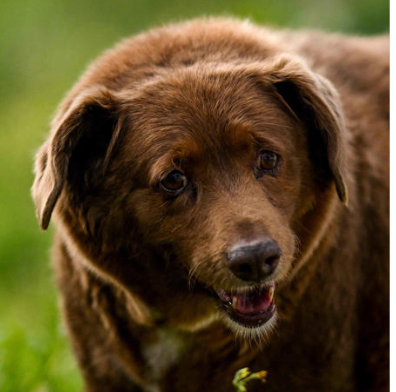Whether you want your puppy to sit, stay, or walk on a leash, there are several ways to train your puppy to do those things. This is done through a process known as behavior analysis. The process involves environmental events that modify a dog’s behavior.
Socialization
During the puppy months, socialization is key to a happy, healthy dog. During this time, your dog is learning a new way of life, and is developing an attachment to you. Socialization activities should be planned out, and should include positive reinforcement and lots of praise. The best socialization activities will involve your puppy interacting with a variety of people, dogs, and objects.
You’ll want to do things like walk your dog to a new area or introduce it to new people. You can even throw a puppy party. During these introductions, you should reward your puppy for good behavior and show your appreciation with treats or a favorite toy.
You might also want to take your dog to the vet. While it’s certainly not the most exciting thing to do, it can be a great way to introduce your dog to a new experience.
Crate training
Whether you are looking for ways to keep your puppy occupied or you are hoping to make your dog’s life easier, you will want to consider crate training for your puppy. While many puppies resist using a crate, it is also a great way to establish positive associations between you and your pet.
Crate training for your puppy should be done gradually. Start by introducing your dog to the crate, then gradually increase the length of time in the crate. Use positive reinforcement to make your dog comfortable with the crate and its surroundings.
Start by using the crate for five minutes at a time. After five minutes, increase the time you leave the door open. Continue to do this every five minutes until the puppy is able to stay in the crate for an extended period of time.
Walking on a leash
Using a leash when training your puppy is an important lesson to learn. This will allow you to have fun while building a strong bond with your furry friend. The most important thing to remember is to stay calm and not yank on the leash.
A good place to start training your dog is the backyard. This will allow you to get the leash on and off easily while avoiding distractions. You can start with simple commands like sit and stay. You may need to consult a local animal behaviorist for further instruction.
You can also start training in the house. You can use treats to lure your pup into the right position. You may want to use a treat held at your puppy’s head level to get them to sit.
Getting them to say “please”
Getting your puppy to say please is not as hard as you may think. You just need to follow some simple steps. And remember, it may take a few days to master this skill.
The first step is to get your puppy down on the floor. Then, you should reward your pup with some treats. And finally, you should practice the recall game. This is a great way to teach your puppy that coming when called is fun.
You may also want to try some loud noises to startle your puppy. This will presumably get him to sit up and take notice of what you are doing. After you have sat him up, reward him with a treat.
The other item on the list is to teach your pup to say please. This can be done by making the dog sit or by using the “say please” cue.
Getting them to chew off-limits objects
Getting your puppy to chew off-limits objects can be a frustrating experience. Your puppy is eager to explore the world, and this can cause them to chew on things that are not suitable. However, it is important to train your dog to chew on the proper items.
You should provide your puppy with a variety of chew toys. Stuffed animals with squeakers work well. You should also make sure that the toys you give to your puppy are age appropriate. Choose toys that will not cause intestinal upset if your puppy chews on them. You can also consider using bitter sprays on the items that your puppy can chew on.
Keeping doors shut is a good way to prevent your puppy from chewing on items that they shouldn’t. You should also put out appropriate chew toys and make sure they are stored away from the area your puppy will be chewing on.





